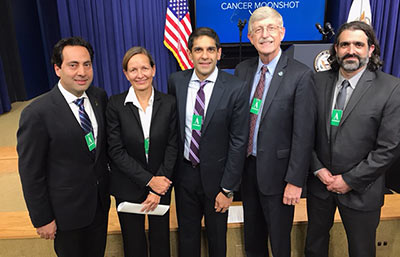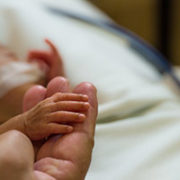Perspective: Rethinking racial benchmarks in pediatric safety events

The research team estimated that 754 pediatric safety events could be avoided annually if all racial groups performed as well as the top-rated group for each type of safety event studied.
Quality and safety would improve in pediatric healthcare – for all races – if the practice of benchmarking outcomes and performance against white patients changed. Instead, investigators should consider using the best-performing group to improve healthcare disparities, according to a new Pediatrics perspective from a multi-center research team led by Children’s National Hospital.
The team examined seven pediatric safety indicators from their previous research, including postoperative infection and accidental lacerations. They determined the best-performing group was not always the white subset, but data in scientific research is often benchmarked against white patients. This can perpetuate racism and erroneously imply that white patients should define the standard for healthcare, the investigators found.
The patient benefit
The research team estimated that 754 pediatric safety events could be avoided annually if all racial groups performed as well as the top-rated group for each type of safety event studied. For some safety events, this would require benchmarking against Black, Hispanic, Asian and Pacific Islander populations.
“By looking at the data with a new lens, we believe that clinicians and researchers could make a major step forward in shrinking and eliminating disparities across pediatric healthcare,” said Kavita Parikh, M.D., MSHS, medical director of Quality & Safety Research and research director of the Division of Hospital Medicine at Children’s National. “If we can employ a more precise understanding of patient and family experience as they interact with the healthcare system, we can prevent negative outcomes that can impact entire lifetimes.”
What’s ahead
The multi-center team continues to work on ways to improve quality and safety at pediatric hospitals. With broad partnerships, the researchers hope to redesign national safety models to encourage hospitals to overcome health-equity hurdles, such as racism, language barriers and other social factors that lead to disparities.
“This call to action is not new, but it demands renewed urgency,” said Dr. Parikh, the first author of the perspective. “We propose future analyses that infuse antiracist principles with quality improvement and patient safety standards to design more effective interventions.”
You can read the complete perspective – “Analyzing Pediatric Safety Events Using Antiracist Principles” – in Pediatrics.







